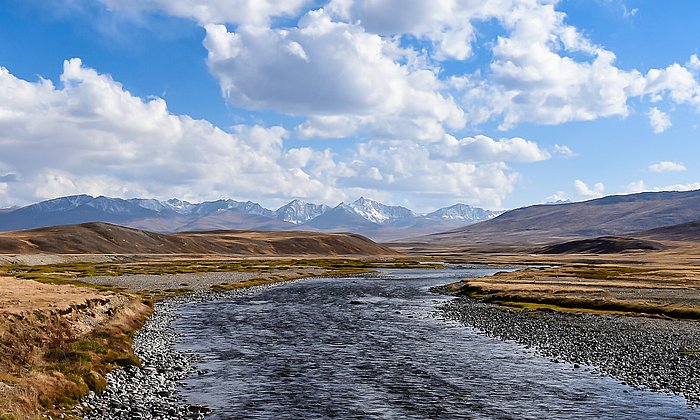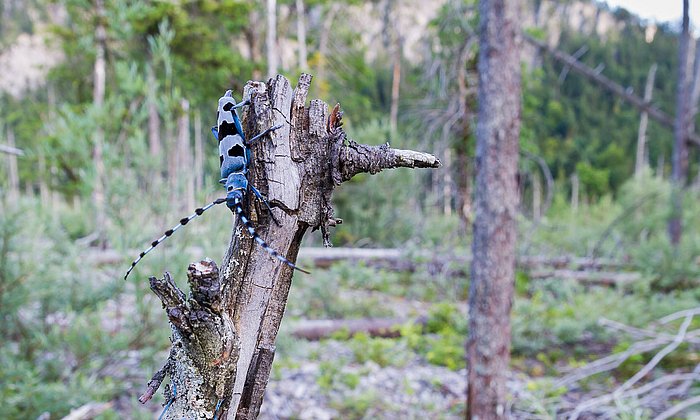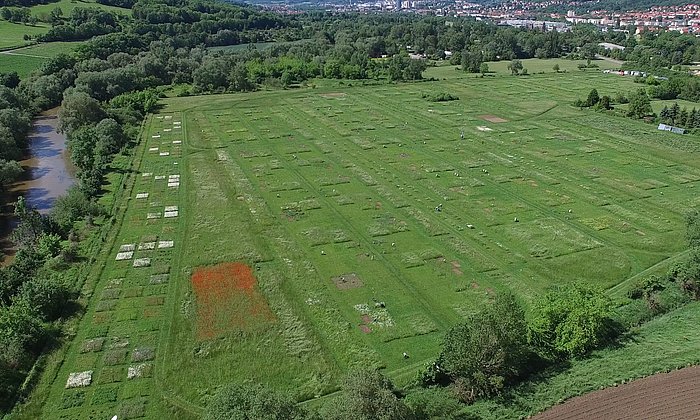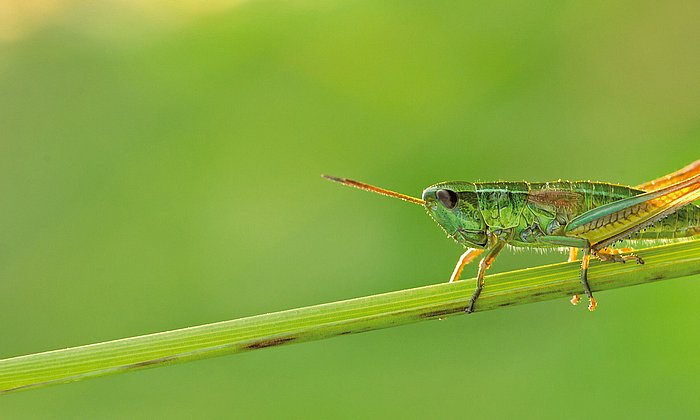40 years of conservation data: Population trends of native insects
Heat-lovers are the lucky ones
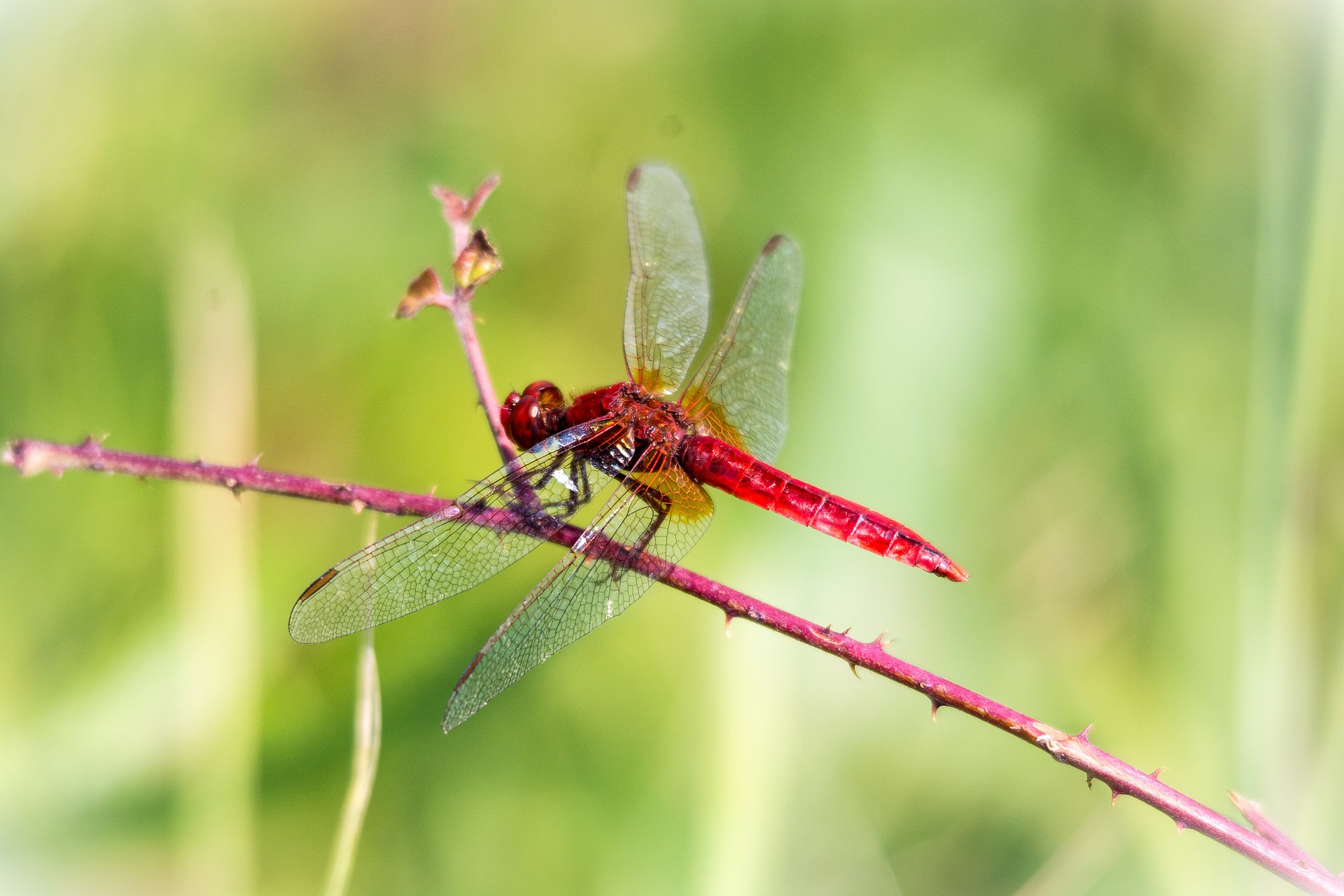
Climate change has long since been happening in central Europe, and it is no secret that it affects the populations and distribution of animals and plants. Especially insect trends are a growing cause for concern, as multiple studies have shown their declines. How populations of our insect species are changing over past decades is a question explored by the BioChange Lab at TUM. “It is not only the climate that is changing, but also the type and intensity of land use. This includes agriculture, forestry, urban areas, and transport infrastructure” says Dr. Christian Hof, head of the BioChange research group at TUM.
While changes in flora and fauna may be well-documented in certain areas or for specific species, data for insects and most importantly over prolonged time periods is very sparse. This makes it difficult to draw general conclusions about the changes in populations of insect species and the factors driving biodiversity change. Yet it is precisely findings on species population changes over time, together with factors such as land use and the climate, that informs conservation plans for protecting species, biotopes and the climate.
A rich seam of data
Thanks to the tireless efforts of volunteer and professional nature observers, we have data sets on the occurrence of various different species in Germany. One especially useful resource is the species mapping database (ASK) of the Bavarian State Office for the Environment. The ASK is the state-wide register of animal and plant species in Bavaria and currently has around 3.1 million records of species. It forms a central data resource for the everyday work of the nature conservation authorities and for compilation by the LfU of Red Lists of threatened species.
Using complex statistical methods, researchers at the TUM Chair of Terrestrial Ecology evaluated the valuable ASK data and analyzed the population trends of more than 200 species of insects in Bavaria – around 120 butterflies, 50 Orthoptera, and 60 dragonflies. In collaboration with many other experts, they showed in that across all these insect groups, there was an increase in the populations of warmth-loving species and a decline of species adapted to cooler temperatures.
Species like the heat-loving scarlet dragonfly are benefiting from climate change
Insects were divided into those that prefer warm temperatures and those that prefer cold temperatures on the basis of empirical data. “We determined the temperature preferences of each species using data on their distribution within Europe and the mean temperature in that area. In other words, species with a primarily northern distribution are cold-adapted species, and species with a primarily southern European distribution are warm-adapted species,” says Eva Katharina Engelhardt, a doctoral student at the TUM BioChange Lab.
Warm-adapted species include the baton blue (butterfly), the European tree cricket, and the scarlet dragonfly. “The scarlet dragonfly is one of the best-known beneficiaries of global warming. The dragonfly, most commonly occurring in the Mediterranean region, first appeared in Bavaria in the early 1990s and is now widespread,” Hof tells us.
Among the cold-adapted species are Thor’s fritillary, the green mountain grasshopper, and the white-faced darter.
Populations of butterflies, orthoptera and dragonflies affected by climate change
“Our comparisons of the various groups of insects revealed significant differences,” Engelhardt says. “Whilst there was more decline than increase in butterfly and Orthoptera species, the trends for dragonflies were largely positive.” One possible reason for this is improvements in water quality over recent decades, a change that particularly benefits dragonflies, which depend on aquatic habitats. Habitat specialists, in other words species adapted to very specific ecosystems, experienced a decline. Butterflies such as the large heath or the cranberry blue are example specialists since they are dependent on very specific habitats.
“Our study highlights the complex effect of climate change on our insect fauna. Our work is also an example of how modern approaches to data analysis can be used to obtain fascinating results from existing data sets. Volunteer and agency conservation work often does generate the data, but they are rarely evaluated systematically. This should happen much more often through collaborations like ours,” says Dr. Diana Bowler of the German Centre for Integrative Biodiversity Research (iDiv).
Johannes Voith, an entomologist within the Bayerisches Artenschutzzentrum (Bavarian species conservation center) at LfU, adds that “as part of collaboration with TUM in particular, we are benefiting from the knowledge gained. Next, we plan to create dynamic distribution maps for individual species.”
Eva Katharina Engelhardt, Matthias F. Biber, Matthias Dolek, Thomas Fartmann, Axel Hochkirch, Jan Leidinger, Franz Löffler, Stefan Pinkert, Dominik Poniatowski, Johannes Voith, Michael Winterholler, Dirk Zeuss, Diana E. Bowler, Christian Hof (2022): Consistent signals of a warming climate in occupancy changes of three insect taxa over 40 years in central Europe. In: Global Change Biology
The study is part of the work of the “mintbio” junior research group at the TUM BioChange Lab, which is funded by the Bavarian Climate Research Network bayklif. Doctoral student Eva Katharina Engelhardt and Dr. Christian Hof worked closely with Diana Bowler from the German Centre for Integrative Biodiversity Research (iDiv) Halle-Jena-Leipzig, Friedrich Schiller University Jena, the Helmholtz Centre for Environmental Research (UFZ), the Bavarian State Office for the Environment, and various other researchers and experts on the insect groups studied.
Technical University of Munich
Corporate Communications Center
- Dr. Katharina Baumeister
- katharina.baumeister@tum.de
- presse@tum.de
- Teamwebsite
Contacts to this article:
Dr. Christian Hof
Junior Research Group Leader
Technical University of Munich
Chair of Terrestrial Ecology
TUM School of Life Sciences, Weihenstephan
Tel.: +49 (0) 8161 71-2489
christian.hof@tum.de
Eva Katharina Engelhardt
Technical University of Munich
Tel.: +49 8761 3019847
e.k.engelhardt@tum.de
www.biochange.de
